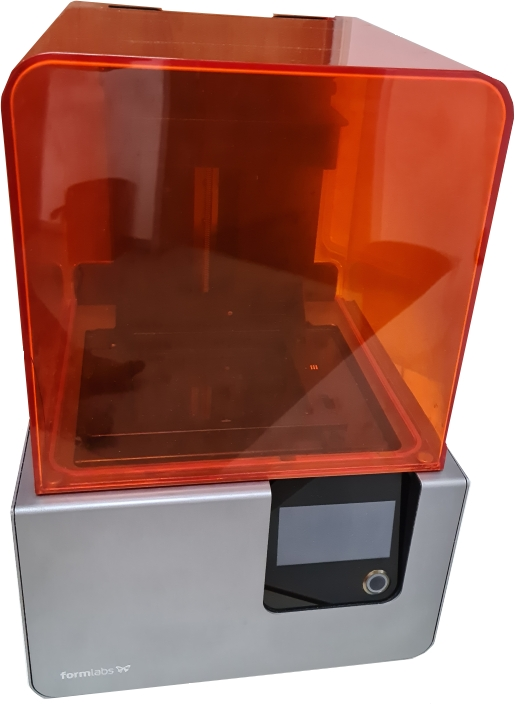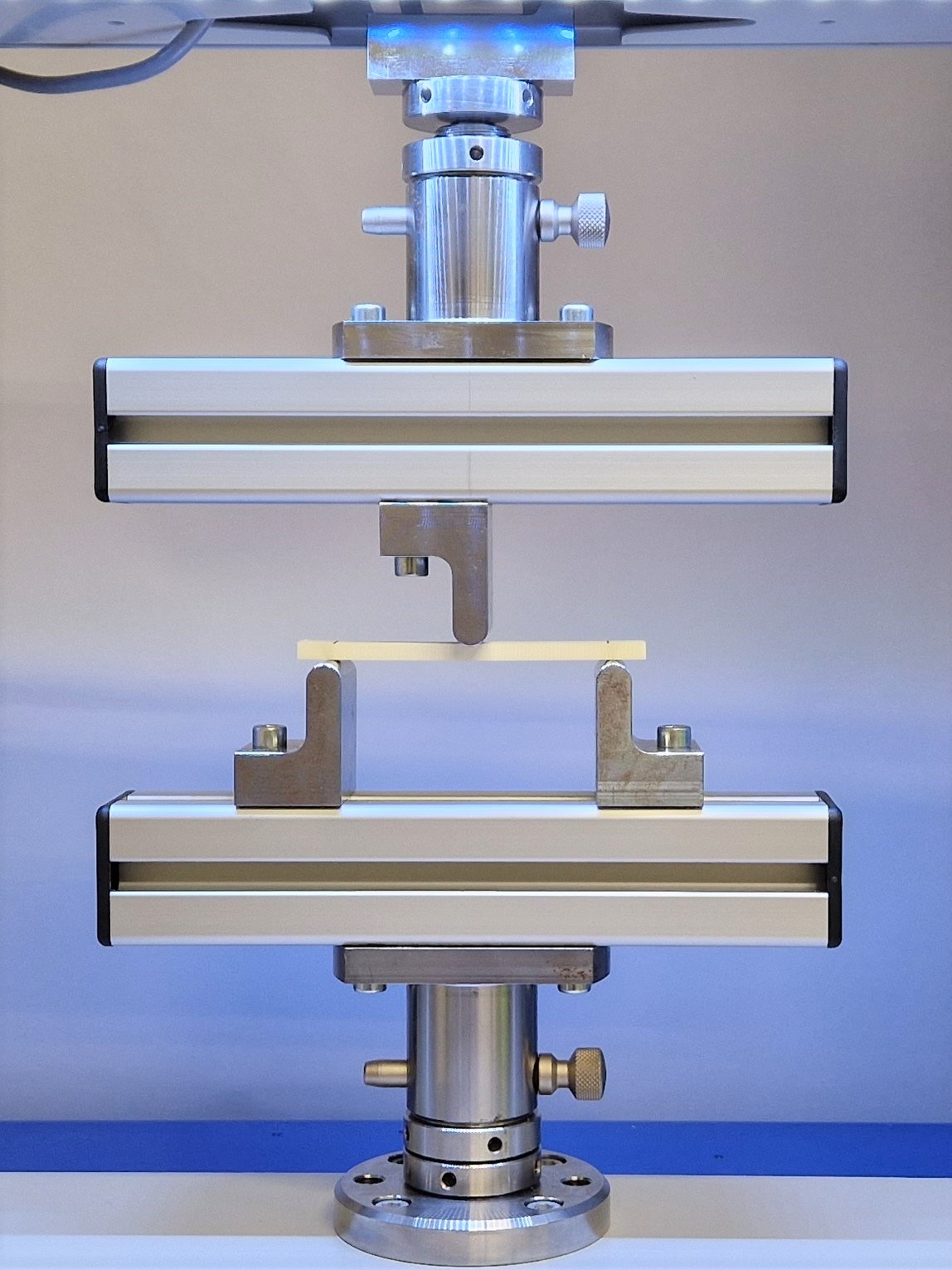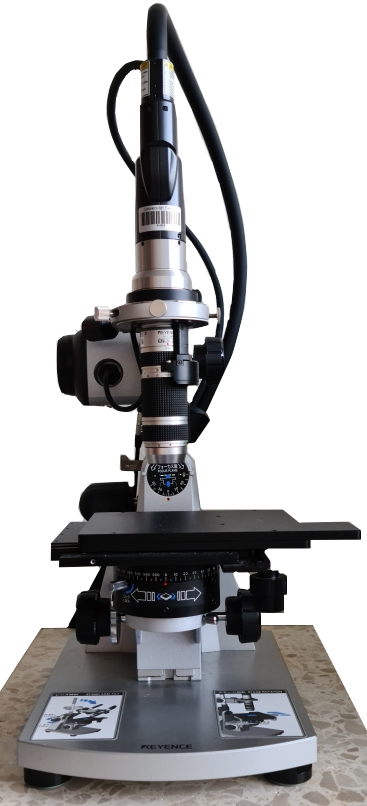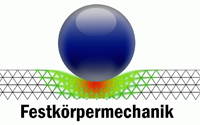Laboratory
Laboratory equipment
3D Printer
|
The Form 2 (formlabs company) is a 3D printer that can be used to create innovative products using the SLA printing process. This is used to print solid, detailed models with an impressive surface finish and test their material properties. |
|
|
Materials printed and studied: |

|
Tensile / compression / torsion / flexure tests
|
Various experiments are carried out at our institute to determine material properties (such as the modulus of elasticity). To perform tensile, compression and torsion tests, the following testing machines are available: |
|
|

|
Microscopy
-
Digitalmikroskop
VHX-900F (company Keyence)
The VHX-900F series digital microscope operates in full-frame mode and can image a 1600(H)x1200(V) pixel area at a frame rate of 50 fps. Thanks to the freely adjustable viewing system, viewing the same position from different angles is possible. In addition, the microscope has a depth composition function and 3D display function, enabling 3D viewing of surfaces from different angles by depth composition. The microscope also has the capability for precise measurements during and after live acquisition, and the data can be output to other programs such as Excel or a CAD program.
Equipment:- freely adjustable viewing system (motorized Z-axis object stage) VHX-S90F
- Universal zoom lens (20-200x) VHX-Z20T
- Universal zoom lens (100-1000x) VH-Z100R/W/T

-
Color 3D Laser Microscope
VK-8710 (company Keyence)
With the help of a laser scanning microscope, profile, roughness and coating thickness measurements are carried out contact-free with high resolution. The KEYENCE laser scanning microscope uses two light sources for this purpose: Laser light and white light. The laser is used to scan the surface to be inspected, so that image captures and height measurements are digitized. By using white light, the color of the surface can be determined.
Equipment:
- Nikon zoom lens (10-100x)

Split-Hopkinson-Bar

|
|
A split Hopkinson bar test is the most widely used experiment for dynamic material characterization, with distortion rates ranging from 500 s-1 to 104 s-1. A uniform one-dimensional stress load can be applied to the material under test using the method. This is done with an approximately constant distortion rate. Of course, different dynamic loads such as tension, compression and torsion, which can vary depending on the application and design, can also be applied. Here, the specimen stress and distortion is determined by elastic elements arranged in series with the specimen. Available are:
|
Strain gage measuring equipment
- Strain gauge available
Contact
Further details in personal consultation with Dr.-Ing. Ralf Nötzel
Phone: +49 271 740 2158
E-Mail: ralf.noetzel@uni-siegen.de
